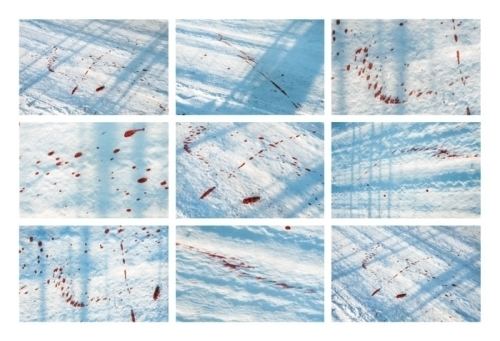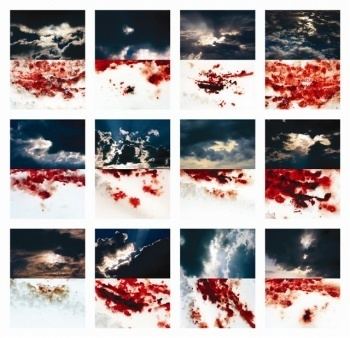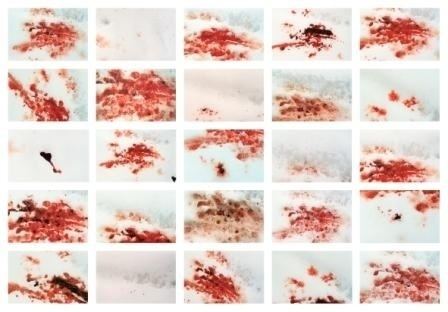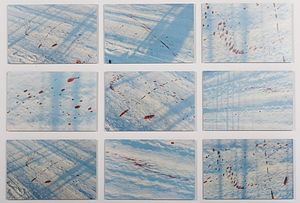Nationality Polish | ||
 | ||
Known for Visual artistPlaywright Alma mater Academy of Fine Arts in Warsaw | ||
Bogna Burska (born 1974) is a Polish playwright and artist of visual art, installations, spatial photography and video. Her art is from a feminist perspective. Her initial painting compositions were narratives of congealed blood forms made with red paints applied by fingers on the walls, canvas and glass.
Contents

Burska established the Warsaw Artists Action (WAA) organization in 2002. She also co-edited a Polish art magazine titled Internet Feminist and Gender Art Magazine Artmix which was the first of its kind dealing with subjects related to feminism and gender equality. She resides in Warsaw and works in Gdańsk. Her works have been exhibited throughout Poland and also abroad in many countries. Her art work has been described as a blend of "critical art and aesthetic issues." Her dedication to the cause of feminist movement is better expressed by quoting her own words: "I’m an artist, woman and feminist. I work on a variety of subjects including femininity and its faces. But whatever I'm preoccupied with at any moment, feminist issues are always of great importance to me".

Biography

Bogna Burska, born in 1974 at Warsaw, Poland, was educated in the subject of art at the Painting Department of the Academy of Fine Arts in Warsaw from where she received a degree in 2001.

Burska started her career in 2006 from Gdańsk as faculty member in the Intermedia department of Grzegorz Klaman at the Sculpture Department at the Gdańsk Academy of Fine Arts. At the academy, she continued her doctoral studies and obtained a doctoral degree (PhD) in 2009.

Burska's art work covered a multitude of techniques like painting, a combination of media installation projects, photography, and video.

Burska's debut works were related to "corporeality" (physical body) and its appreciation with blood colour dominating her hand made paintings. She also painted on glass and "resin casts"; her adoption of red colour symbolizing blood denotes not only "life and vitality, but also death, violence, pain, and female physiology." Some of her creations in this genre, done during 2001 and 2002, are:
In the "Arachne" (name of a lovely weaver in Greek mythology) created by Burska in 2003, was a blend of a video and a set of photos, in which a giant, a fearsome hairy spider or "bird spider" is shown moving in the well turned up bedroom or boudoir of a woman. In this Burska presents women's issues of "passions and fears" and beauty and ugliness. It is based on the story of Athena and Zeus.
Burska's innovative technique practiced from 2004 onward relates to the "technique of found footage video" based on films. In this genre the works she created, which received appreciation, are "Rain in Paris" (Deszcz w Paryżu) in 2004 incorporating snippet scenes of love and eroticism made in Paris such as Queen Margot, Marquise, Dangerous Liaisons, Frantic, Henry & June, Poison Pen ( ), The Lovers on the Bridge, and Night Wind.
From 2006 to 2008, Burska produced a number of works on the theme of "A Game with the Shifting Mirrors" (Gra z przemieszczającymi się zwierciadłami)". In another series she created a new story by drawing on scenes from three films – Chinese Box, Lolita, and Damage.
Exhibitions
Burska has held solo and group exhibitions of her art work not only in Poland but also in many other countries. Some of the shows held by her are:
Solo exhibitions at:
Group exhibitions at:
